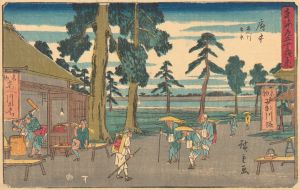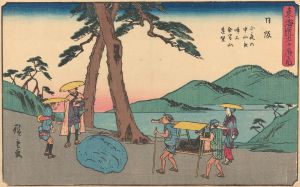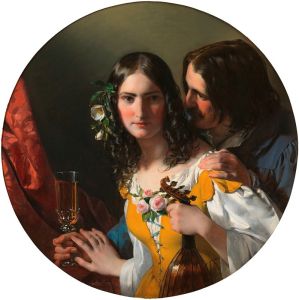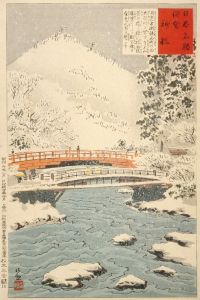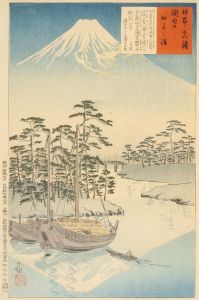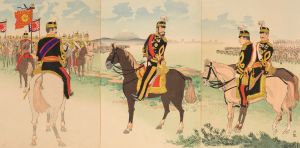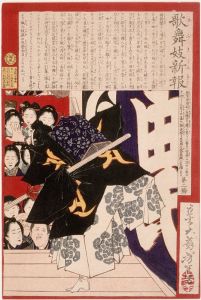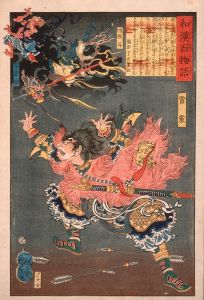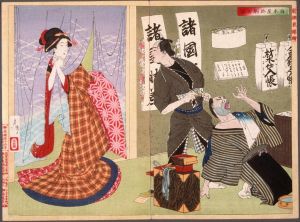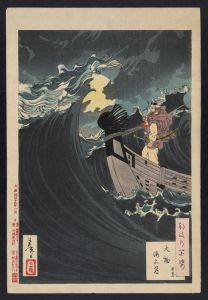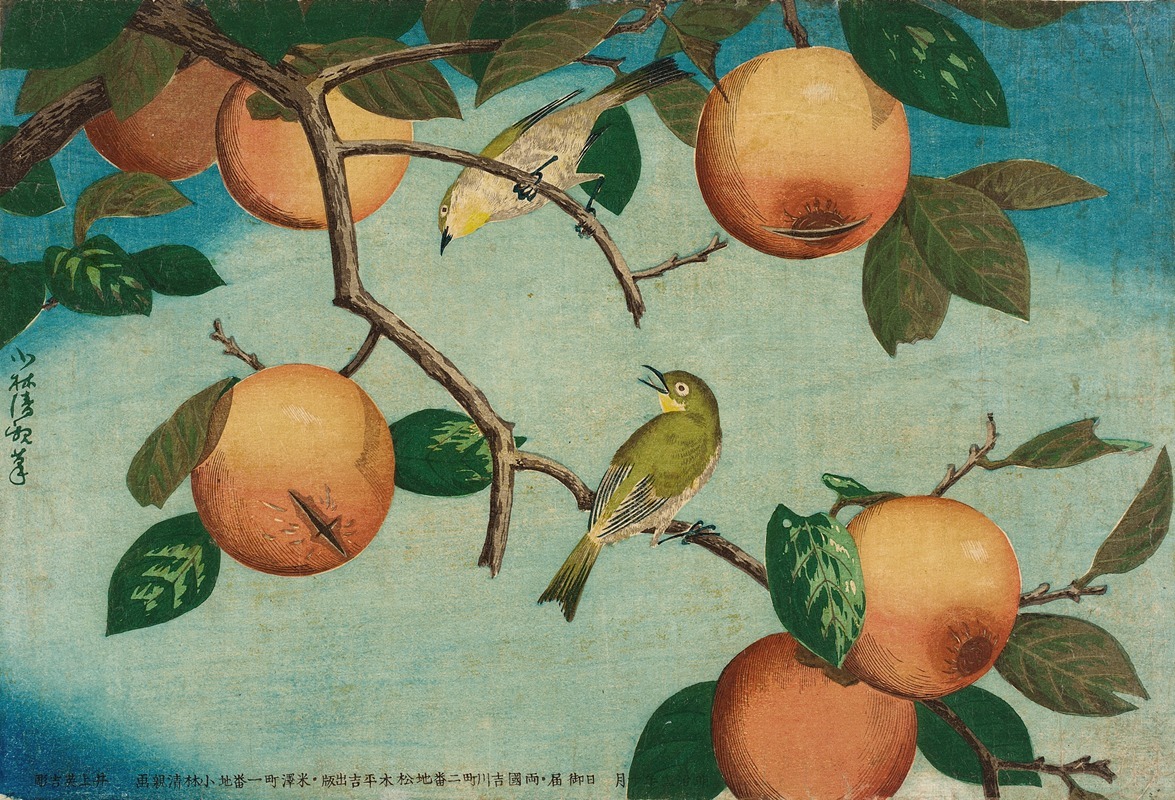
Persimmons and White-Eyes
A hand-painted replica of Kobayashi Kiyochika’s masterpiece Persimmons and White-Eyes, meticulously crafted by professional artists to capture the true essence of the original. Each piece is created with museum-quality canvas and rare mineral pigments, carefully painted by experienced artists with delicate brushstrokes and rich, layered colors to perfectly recreate the texture of the original artwork. Unlike machine-printed reproductions, this hand-painted version brings the painting to life, infused with the artist’s emotions and skill in every stroke. Whether for personal collection or home decoration, it instantly elevates the artistic atmosphere of any space.
Kobayashi Kiyochika (1847–1915) was a prominent Japanese artist known for his ukiyo-e woodblock prints and paintings, particularly during the Meiji era. His works often depicted the rapid modernization of Japan and the effects of Western influence on traditional Japanese culture. One of his notable works is "Persimmons and White-Eyes," which exemplifies his skill in capturing the delicate balance between nature and the changing world around him.
"Persimmons and White-Eyes" is a painting that showcases Kiyochika's adeptness in portraying natural subjects with a keen eye for detail and composition. The painting features persimmons, a fruit native to Japan, and white-eyes, a type of small bird known for its distinctive white eye-ring. This work is a fine example of Kiyochika's ability to blend traditional Japanese aesthetics with a modern sensibility, a hallmark of his artistic style.
The painting is characterized by its use of color and light, which Kiyochika employed to create a sense of depth and realism. The persimmons are depicted with rich, warm hues that contrast with the cooler tones of the background, drawing the viewer's attention to the fruit. The white-eyes are rendered with delicate brushwork, capturing their lively and inquisitive nature. This attention to detail reflects Kiyochika's background in ukiyo-e, where precision and clarity are paramount.
Kiyochika's work often reflects the tension between tradition and modernity, a theme prevalent during the Meiji period when Japan was undergoing significant transformation. "Persimmons and White-Eyes" can be seen as a metaphor for this transition, with the persimmons representing the enduring aspects of Japanese culture and the white-eyes symbolizing the new influences and changes taking place. This interpretation aligns with Kiyochika's broader body of work, which frequently explores the juxtaposition of old and new.
In addition to its thematic significance, "Persimmons and White-Eyes" is also notable for its technical execution. Kiyochika was known for his innovative use of Western techniques, such as perspective and shading, which he integrated into traditional Japanese art forms. This fusion of styles is evident in the painting's composition, where the arrangement of elements creates a harmonious balance that is both aesthetically pleasing and thought-provoking.
Kiyochika's contribution to Japanese art extends beyond his individual works; he played a crucial role in the evolution of ukiyo-e during a time of cultural upheaval. His ability to adapt and innovate while remaining true to his artistic roots has earned him a lasting legacy in the world of art. "Persimmons and White-Eyes" stands as a testament to his skill and vision, capturing a moment in time when Japan was on the cusp of modernity.
Overall, "Persimmons and White-Eyes" by Kobayashi Kiyochika is a significant work that encapsulates the artist's mastery of technique and his insightful commentary on the cultural shifts of his era. Through this painting, Kiyochika invites viewers to reflect on the beauty of nature and the complexities of change, themes that continue to resonate in the modern world.





